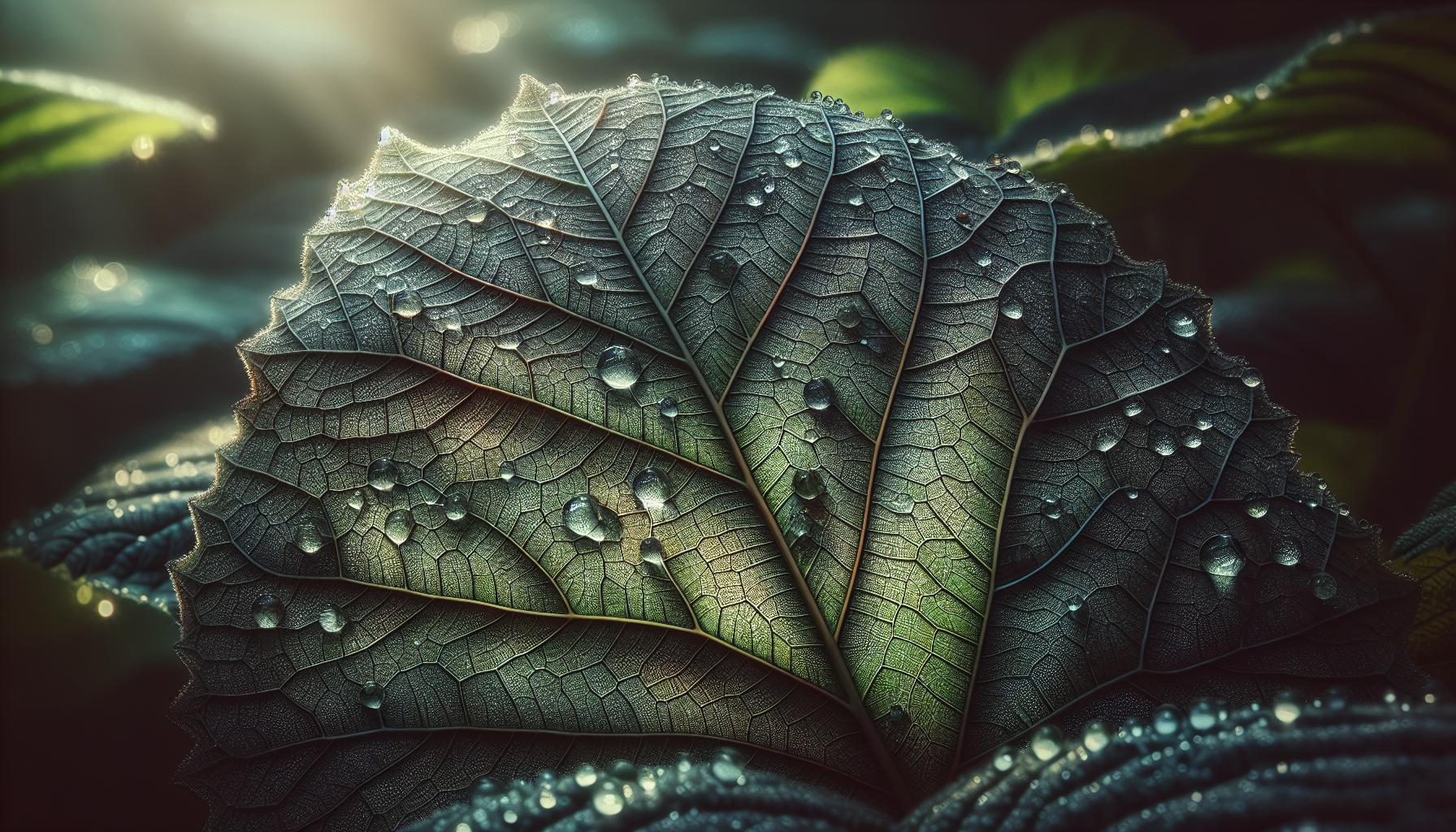Physical Address
304 North Cardinal St.
Dorchester Center, MA 02124

Visual texture plays a crucial role in modern design, adding depth and tactile appeal to both digital and print media. From magazine covers to website backgrounds, designers harness texture to create immersive visual experiences that engage viewers on a deeper level.
One striking example of visual texture in media can be found in Apple’s iOS interface design. The subtle, frosted glass effect used in their menu backgrounds creates an illusion of depth while maintaining functionality. This sophisticated use of texture has become a hallmark of contemporary digital design, influencing countless other applications and platforms in the tech industry.
Visual texture creates depth perception through surface patterns that simulate physical materials in digital or print designs. A smooth gradient appears flat, while a concrete texture adds dimensional qualities to graphic elements.
| Texture Method | Visual Impact | Common Usage |
|---|---|---|
| Photographic | High realism | Product packaging |
| Illustrated | Stylized look | Marketing materials |
| Procedural | Consistent patterns | Digital interfaces |
| Hand-drawn | Organic feel | Editorial design |
Visual texture transforms flat designs into multi-dimensional experiences through strategic pattern application. Designers combine texture types effects to create hierarchy emphasis within compositions while maintaining clarity functionality.

Digital photographers leverage texture as a visual element to create compelling images that engage viewers through tactile associations. Professional photographers manipulate lighting angles surface patterns to emphasize textural qualities in their compositions.
Digital cameras capture intricate surface textures through specific photography techniques:
| Photography Technique | Texture Enhancement | Common Applications |
|---|---|---|
| Macro Photography | 10x-50x magnification | Nature botanical shots |
| Side Lighting | 45° light angle | Architecture stone surfaces |
| Focus Stacking | 5-15 merged images | Product jewelry photos |
| Depth Technique | Visual Impact | Usage Examples |
|---|---|---|
| Selective Focus | 3D separation | Portrait photography |
| Pattern Contrast | Visual hierarchy | Landscape images |
| Distance Layering | Spatial depth | Street photography |
Magazine editorial design leverages visual texture to create engaging layouts that captivate readers through tactile elements. Print magazines employ textural elements to establish hierarchy, enhance readability and create distinctive brand identities.
Magazine designers select specific paper stocks to enhance the visual texture of printed content. Matte papers create a soft, understated texture that reduces glare while uncoated stocks provide a natural, grainy feel for artistic publications. High-end fashion magazines like Vogue utilize glossy papers with spot UV coatings to emphasize photographic details through contrasting surface finishes.
Typography in magazine design incorporates textural elements through strategic font choices and treatments. Embossed letterforms add dimensional depth to magazine covers while distressed typefaces create worn, vintage effects for lifestyle publications. National Geographic magazine employs letterpress-style typography with subtle impressions that complement their documentary photography style.
The section maintains the article’s focus on visual texture while exploring specific applications in magazine design. Each subsection provides concrete examples and techniques without repeating concepts from previous sections about digital interfaces or photography.
Visual texture transforms digital interfaces through strategic implementation across various platforms. Modern digital design incorporates texture elements to enhance user experience while maintaining functionality.
Subtle background textures elevate website designs through layered visual interest. Popular texture patterns include:
These textures maintain 5-15% opacity to preserve content legibility. Leading websites like Dropbox implement dot matrix patterns at 8% opacity to create depth without compromising readability.
Social media platforms leverage visual texture to increase engagement rates through distinct design elements:
A study by Socialbakers shows posts with textured elements receive 25% higher engagement compared to flat designs. Tech companies like Slack incorporate custom texture libraries across their social content to maintain brand consistency.
| Platform | Texture Type | Engagement Increase |
|---|---|---|
| Grain Effect | 32% | |
| Paper Texture | 25% | |
| Micro-patterns | 18% | |
| Border Textures | 27% | |
| Depth Layers | 22% |
Visual texture in video game environments creates immersive digital worlds through sophisticated rendering techniques. Modern game engines utilize multiple texture layers to simulate realistic surface properties across landscapes characters.
Game environments incorporate layered texturing systems to create realistic surface variations. The ground textures blend seamlessly between grass dirt sand using height-based transitions at 256×256 pixel resolution. Ambient occlusion maps add depth to rock formations caves by calculating how light interacts with surface geometry. Games like Red Dead Redemption 2 utilize photogrammetry to capture real-world textures applying them as 4K materials across terrain features.
Character models feature multiple texture maps to simulate skin fabric metal properties. Normal maps create micro-surface details on character clothing at 2048×2048 resolution without adding geometric complexity. Subsurface scattering shaders replicate how light penetrates translucent materials like skin ears. Popular games demonstrate advanced character texturing:
| Game Title | Texture Resolution | Material Types |
|---|---|---|
| The Last of Us Part II | 4096×4096 | Skin, Fabric, Leather |
| God of War | 3072×3072 | Armor, Fur, Metal |
| Cyberpunk 2077 | 2048×2048 | Synthetic, Chrome, Plastic |
The character surfaces combine diffuse maps for color roughness maps for reflectivity specular maps for shine levels. Dynamic wetness systems adjust texture properties based on weather conditions character movement through water.
Visual texture stands as a cornerstone of modern design across digital and print media. From Apple’s frosted glass interfaces to National Geographic’s editorial designs the strategic use of texture transforms flat surfaces into engaging experiences.
The impact of visual texture extends beyond aesthetics as demonstrated by increased social media engagement rates and immersive gaming environments. Through thoughtful implementation designers continue to push creative boundaries while maintaining functionality and user experience.
As technology evolves visual texture remains an essential tool that bridges the gap between digital interfaces and real-world tactile experiences creating deeper connections with audiences across all platforms.